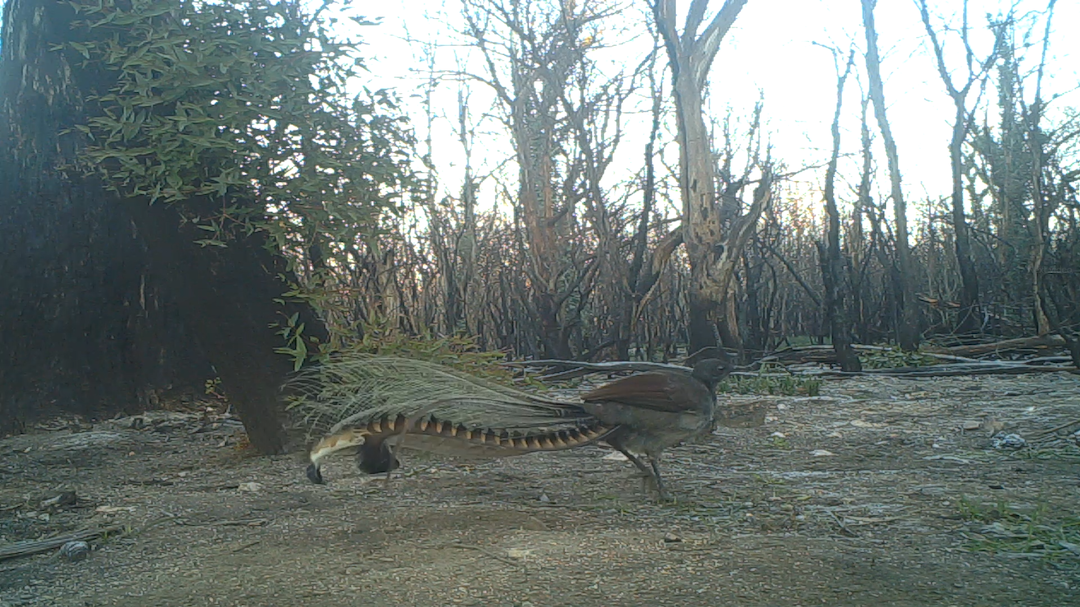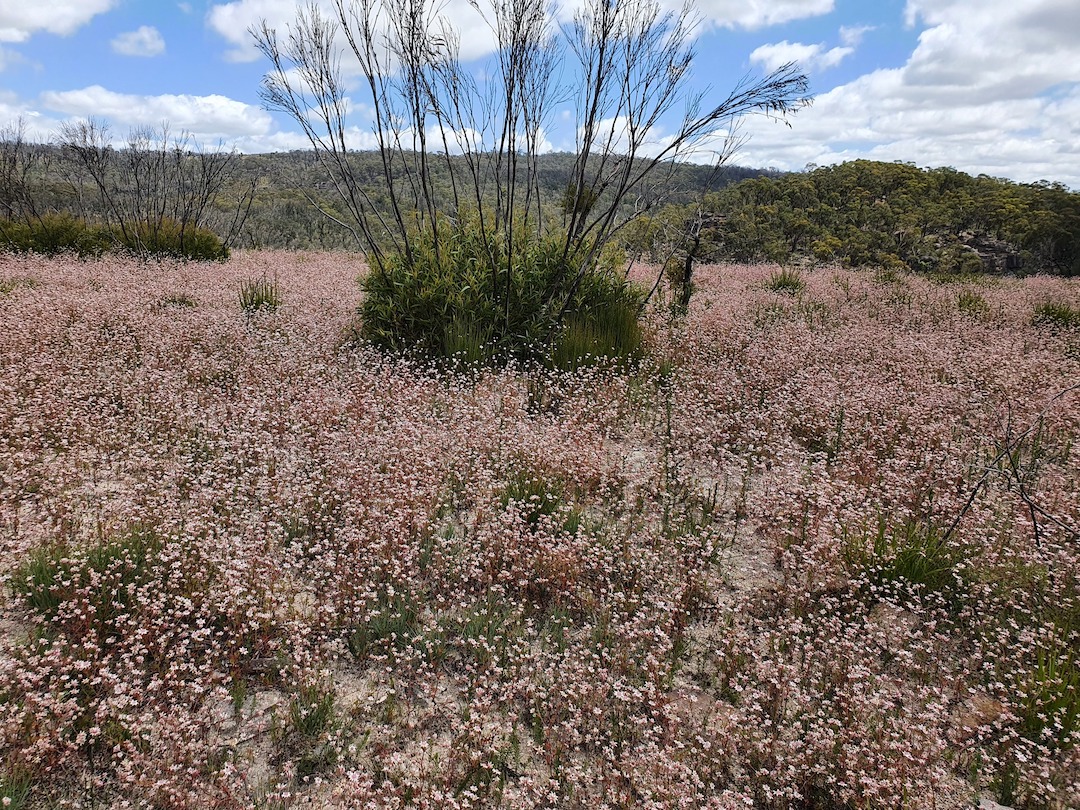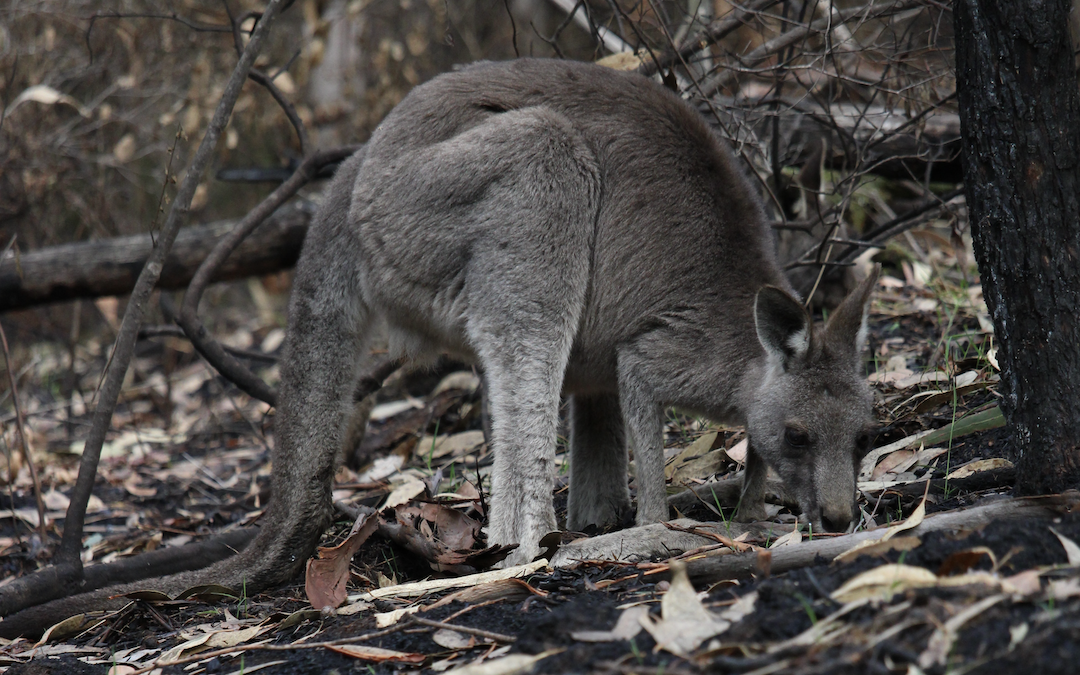Bushfires have hindered the recovery of biodiversity in Australia, according to a new study from UNSW.
Despite initial forecasting indicating that plant and animal species were resilient in the face of recent fires, research now suggests that the 2019-2020 Black Summer led to overall declines in biodiversity within NSW.
A bleak bushfire season
Between 2019-2020, the Black Summer bushfires spread across 5 million hectares in Eastern Australia. Over 11,400 bush and grass fires managed to burn 6.2 percent of NSW, an unprecedented size for a single fire season. Unfortunately, in areas with the most significant damage, flora and fauna are still recovering.
This is the conclusion of a recent study published in the Global Change Biology Journal. According to the research, biodiversity can rebound after low to high severity fires in around 18 months. This trend was affirmed by the growth in plant and animal populations a year and a half after the Black Summer fires.

A burnt region of southern New South Wales after the 2019-2020 fires © Teresa Bealey
However, while this indicates a positive response pattern for Australian wildlife, the areas with the greatest damage still report lower levels of biodiversity when compared with unburnt or less burnt regions.
According to Associate Professor Will Cornwell, senior co-author of the study from the School of Biological, Earth & Environmental Sciences, this data indicates that ecological resilience can only go so far.
“Fire can have both positive and negative effects on biodiversity, and the context is crucial,” he explains.
“For example, many Australian species can persist, even with very high severity fires, but some species may struggle when extreme fire severity occurs over large scales.”

A superb lyrebird in a recently burnt forest. Lyrebirds remain resilient after fires by foraging in recently burnt areas, however the long-term impacts on their breeding are still unclear © Paula Boer
Support from citizen science
In order to assess data from areas impacted to a variety of different degrees, scientists utilised the observations catalogued by citizen scientists in the Environment Recovery Project and iNaturalist platform.
“This initiative was critical, as long-term biodiversity monitoring data covering multiple groups of organisms, such as plants, insects, birds, and more, especially at the scale of these mega-fires, does not exist outside of citizen science data,” says Simon Gorta, lead author of the study and a PhD candidate at the UNSW Centre for Ecosystem Science.
“This data allows us to draw conclusions about the overall effects of these events and determine conservation and management approaches for post-fire recovery.”
The information collected by communities helped researchers to conclude that burnt areas reported higher levels of biodiversity post-fire than unburnt areas. This suggests that flora and fauna can adapt to natural events, and sometimes even thrive after fires. However, as the fires became more extreme, species diversity dropped significantly. It is still not clear whether plants and animals will ever return to pre-fire levels in these regions.
“We don’t have the data yet to know whether diversity will bounce back – a lot will depend upon whether they burn again with the same intensity in upcoming fire seasons,” Associate Professor Cornwell says. “It implies that in the immediate post-fire aftermath, we need to focus our efforts on supporting recovery in areas that were subject to the highest severity burns.”

Pink Flannel Flowers represent positive fire-adapted responses by flowering rapidly post-fire © John Porter
Where to go from here
While the study primarily emphasised the need to support areas impacted by high-intensity fires, it also revealed how species with specific fire recovery systems can influence biodiversity as a whole.
“The study highlighted adaptations such as fire-cued flowering, which is a key part of the life cycle of many Australian native plants, potentially increased the detectability and attractiveness of plants in the post-fire environment,” says Dr Mark Ooi, co-author of the study. “This provides both an understanding of the post-fire patterns we see and highlights some of the challenges in surveying biodiversity after these events.”
The researchers want to continue with further study into post-fire response in a variety of locations in order to determine which species have the least resilience.
Simon Gorta believes this additional research will allow experts to update conservation practices to protect those species most likely to struggle in the event of future fires.
“Our findings illustrate the extent and severity that fires can reach under extensive drought and above-average temperatures, conditions typical of climate change projections,” he says.
“As we grapple with the effects of these events on lives and property, we should also be concerned about how our wildlife and ecosystems respond, and how this can be better managed.”
By restructuring monitoring and management practices, scientists can ensure that Australia’s biodiversity is protected for future generations.
To learn about the technology supporting bushfire response, click here.

